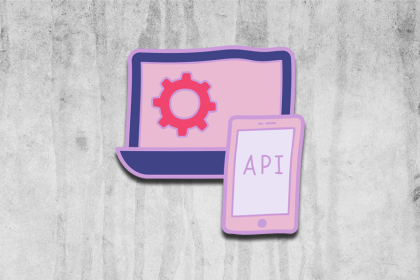
Explore five bizarre browser APIs that open up opportunities for delightful interfaces, unexpected interactions, and thoughtful accessibility enhancements.

Compare the top AI development tools and models of December 2025. View updated rankings, feature breakdowns, and find the best fit for you.

Fixing AI code, over-engineering JavaScript, and more: discover what’s new in The Replay, LogRocket’s newsletter for dev and engineering leaders, in the December 10th issue.

TOON is a lightweight format designed to reduce token usage in LLM prompts. This post breaks down how it compares to JSON, where the savings come from, and when it actually helps.
Hey there, want to help make our blog better?
Join LogRocket’s Content Advisory Board. You’ll help inform the type of content we create and get access to exclusive meetups, social accreditation, and swag.
Sign up now
3 Replies to "Using stacked pull requests in GitHub"
In your example to break up a large PR, you suggest:
$ git checkout migrate-to-firebase
$ git reset –soft develop
$ git restore –staged .
Is that not the same thing as:
$ git checkout migrate-to-firebase
$ git reset develop
Thanks.
You’re right, David. And you might require a `git rebase develop` before all that if `develop` has newer changes.
As of today, the Github feature no longer works for me. I had this stack of PRs: https://github.com/pypa/setuptools/pull/4103, https://github.com/pypa/setuptools/pull/4069. After merging 4103, 4069 reported that the target branch had been deleted and closed itself without the ability to re-open. Perhaps the “delete branch on merge” feature happens too soon and prevents the “Base automatically change” from taking effect?